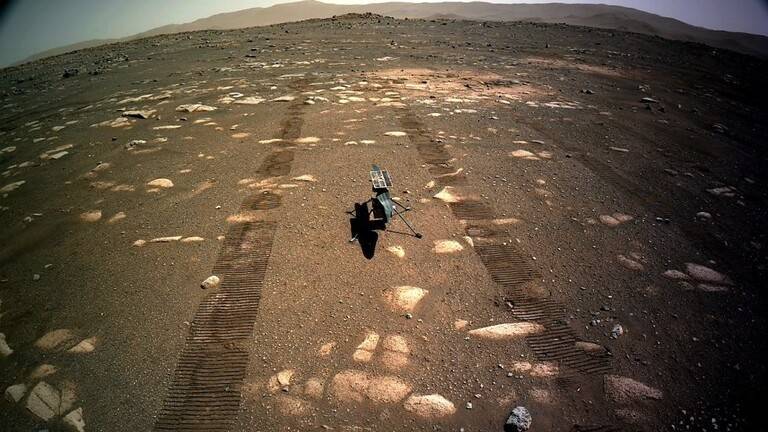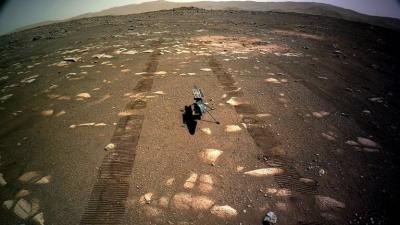Can crops be grown on Mars or in space? This question has puzzled scientists, but today a group of researchers may have found a method that could aid in cultivating plants on Mars. Scientists have developed a new way to grow crops in complete darkness using artificial photosynthesis. Researchers from the University of California, Riverside, and the University of Delaware utilized a two-step electrochemical system to convert carbon dioxide, electricity, and water into acetate, which is a key component of vinegar.
They stated that food-producing organisms then consumed acetate to grow in the dark, and this advancement could lead to new ways of growing food both on Earth and potentially on Mars. Martha Orozco Cárdenas, director of the Plant Transformation Research Center at UC Riverside, remarked, "Imagine one day giant ships growing tomato plants in the dark on the surface of Mars – how feasible would that be on Mars in the future?"
Co-author of the study, Feng Jiao from the University of Delaware, added, "If we eliminate the need for sunlight, we can grow multiple layers of crops at the same time, similar to the way mushrooms are cultivated, creating a kind of food factory." Jiao further noted, "Unlike soil on Earth, Martian regolith, as it is known, is harsher on crops because it lacks any significant amount of organic material."
According to the research, Mars also receives significantly less sunlight compared to Earth, so scientists need to find new techniques to enhance growth rates if food production on the Red Planet is to be successful. The development of the process of photosynthesis in plants took millions of years as a way to convert water, carbon dioxide, and energy from sunlight into biomass and food for humans. However, experts noted that this natural process is not particularly efficient, as only about 1 percent of the energy in sunlight ends up in the plant.
The developed electrochemical analyzer converted 57 percent of the carbon particles in carbon dioxide into acetate using a copper catalyst, resulting in a concentrated stream of acetate that can be used as plant food. The researchers studied nine crop plants (lettuce, rice, legumes, green peas, canola, tomatoes, peppers, tobacco, and Arabidopsis, a member of the mustard family that includes cabbage and radishes) and found that these plants could absorb external carbon and provide acetate through primary metabolic pathways.
They also found that using solar panels to generate electricity to fuel the chemical reaction could increase the efficiency of converting sunlight into food, making it up to 18 times more efficient for some nutrients. Fourth-year chemical engineering Ph.D. student at UD and co-lead author of the paper, Sean Overa, stated, "We were able to completely grow algae in the dark, and at the same time, lettuce showed the best incorporation of acetate among all food crops."
The researchers also investigated how acetate enters the plant, finding that all tested plants were able to incorporate acetate and were fully prepared to digest and utilize carbon particles. In some plants, acetate appeared in amino acids, while in others it was found in sugars that the plant uses as energy for growth.




